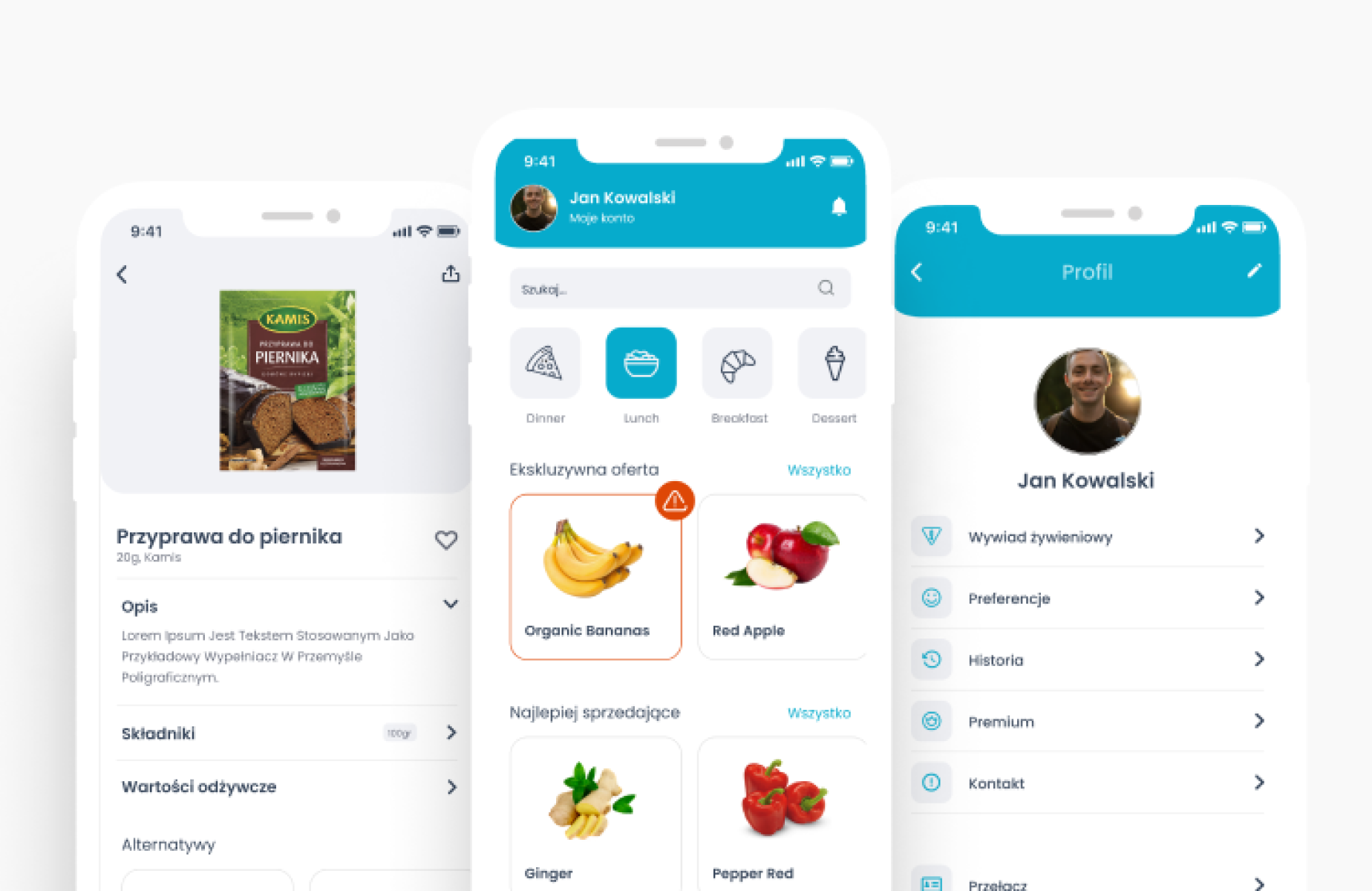Are you looking to develop a cross-platform application, but you’re still not sure which technology to use? This article is for you. The problem of React Native vs Flutter will be solved.
Read on to learn everything you need to know about the leading technologies on the market: Flutter and React Native. By the end of this article, you’ll be able to easily tell which one is a better choice for your business case.
What is Flutter?
Flutter is a portable UI toolkit introduced by Google in December 2018. It’s a Software Development Kit (SDK) that comes with many different tools and widgets. In other words, it helps developers to easily build and deploy natively compiled applications for web, desktop, and mobile comprising iOS and Android. All of them use a single codebase. Examples of apps made with Flutter are Google Ads or the official apps for Hamilton, a Broadway musical.
Benefits of Flutter app development
- Firstly, Flutter app development is speedy thanks to hot reload. This feature allows developers to see the changes made in the command line in just a few seconds. Above all, this helps a lot in the developer-designer collaboration.
- With Flutter, you’re only developing one codebase to cover both mobile platforms and much more.
It’s a platform-agnostic technology. It comes with its own design and widgets which means you will get the exact same effect on both platforms. - Flutter app development leads to a faster Quality Assurance process. In addition, this means that your app will see daylight much sooner than in native mobile development.
- Flutter apps offer excellent performance without ever lagging while you scroll.
- It comes with a set of widgets that you can customize or even create your own.
- Finally, Flutter delivers the same application view, even for users using older devices.
Cons of Flutter app development
- It’s still a relatively young technology surrounded by a small developer community.
- Flutter’s collection of libraries and support is quite impressive. However, it’s not as large as in React Native or native development technologies.
- Flutter doesn’t support Continuous Integration platforms like Jenkins or Travis.
- Applications developed with Flutter are larger than native ones.
Are you looking to develop a cross-platform app?
Contact usWhat is React Native?
Released by Facebook in 2015, React Native is a cross-platform tool for building native applications. It uses the React framework based on JavaScript. React Native comes in handy by building mobile applications with JavaScript and using the same design as applications created in React. However, apps made with React Native aren’t mobile apps.
Benefits of React Native
- React Native includes hot reload. This accelerates the development process by allowing developers to add new code directly into a running app. They can see all the changes instantly.
- Secondly, it’s a cross-platform technology, so the team works on a single codebase to cover both mobile platforms: Android and iOS. Additionally, React Native for Web supports web developers (for example, Twitter used React Native to create Twitter Lite).
- React Native uses an incredibly popular language: JavaScript. Many developers know it really well, contrary to Dart, which is the programming language behind Flutter.
- React Native gives developers a lot of freedom in deciding which solutions they want to use. They can choose between JavaScript and Typescript, use a custom UI library or write one of their own.
- Finally, React Native is more mature than Flutter since its first release happened almost 6 years ago. It’s surrounded by an active and large developer community. There are plenty of tutorials, manuals, and libraries that help to learn this technology.
Cons of React Native
- React Native delivers an experience and performance that is close to native but not really native.
- React Native supports only basic components out-of-the-box (like sliders, buttons, or loading indicators). To find other components for React Native, you need to look into external repositories.
- The freedom React Native gives developers can be both a good and bad thing. It takes some time to understand this technology and gain enough experience to really use it to the fullest.
- React Native uses native components under the hood, so applications written in it are bigger than native mobile apps.
Conclusion: React Native vs Flutter
These two cross-platform technologies are popular choices among teams today. Which to choose: React Native vs Flutter? Some business use cases might be handled better by one than the other.
For example, your application might require access to hardware features (like custom communication with Bluetooth). Or you only want to create an app for Android/iOS. Then it’s better to go with native app development.
If your team development team knows JavaScript well, choosing React Native is the logical next step. But your developer might know Dart, so in this case, Flutter is a better choice. Flutter will be a good match for those looking to build your application with a brand-first design.







